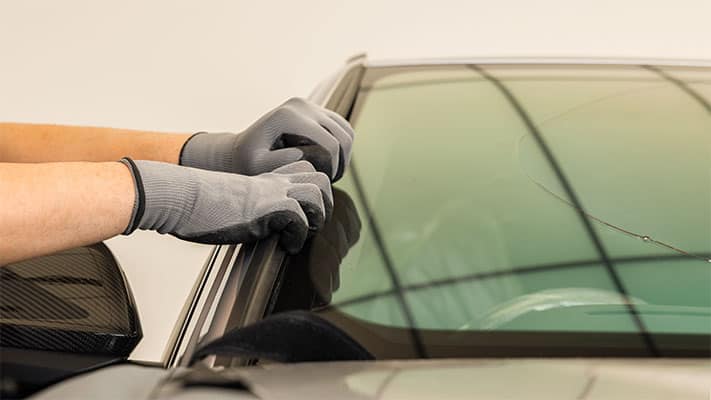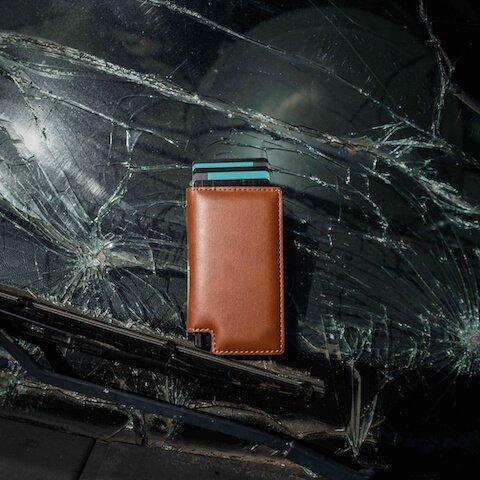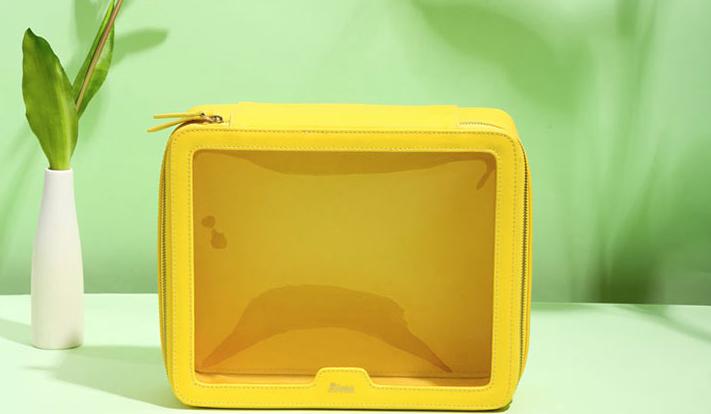What’s PVB ?& What’s recycled PVB?
Polyvinyl butyral (or PVB) is a resin mostly used for applications that require strong binding, optical clarity, adhesion to many surfaces, toughness and flexibility. It is prepared from polyvinyl alcohol by reaction with butyraldehyde. The major application is laminated safety glass for automobile windshields. Trade names for PVB-films include KB PVB, Saflex, GlasNovations, Butacite, WINLITE, S-Lec, Trosifol and EVERLAM. PVB is also available as 3D printer filament that is stronger and more heat resistant than polylactic acid (PLA).Polyvinyl butyral (PVB) is considered to be an acetal and is formed from the reaction of an aldehyde and alcohol. The structure of PVB is shown below, but it is generally not made in exactly this form. It is made in a way such that the polymer is a mixture of PVB, polyvinyl alcohol (PVOH), and polyvinyl acetate segments as shown in the figure. The relative amounts of these segments are controlled but they are generally randomly distributed through the molecular chain. The properties of the polymers can be optimized by controlling the ratios of the three segments.

Recycled PVB (RPVB), also known as Recycled Polyvinyl Butyral, is a synthetic leather made by recycling windshields from abandoned cars building glass. As a polymeric material, this post-consumer PVB leather is mostly used by upholstery, packaging, and automotive industries.
Why is recycled PVB a sustainable material?
1.Recycled PVB carbon footprint is 25 times lower than virgin PVB. Increase the material health of our products. Less water, no toxic chemicals, and eco regulation committed.
2.By separating, purifying, and modifying, recycled PVB could be converted into finished materials. Through further manufacturing, various soft films, coated yarns, and foaming materials are made.
3.Using this material reduces the carbon footprint of the precoat by 80% compared to traditional latex. All standard micro tuff carpet tiles are now produced with its precoat, reducing the environmental impact significantly.
4. Recycled PVB is made by recycling windshields from abandoned cars building glass. Thus transforming this once unrecyclable material into a high quality raw material. That means decreasing the windshields waste, which is good to our environment. At the same time turn to the waste to a resource, that is also good to our planet.

Why we choose recycled PVB material?
1. The PVB material is Dirt-proof and Moisture-proof, it’s very easy to clean our bags.
2. Since the PVB material is very strong. The products made from recycled PVB are strong and crashworthy.
3.Recycled PVB leather's unique structure provides versatility for wide applications, and it is the best alternative to PVC.
4. Recycled PVB is eco-friendly and harmless to human by reducing carbon footprint while increasing the material health of products. It does not include toxic chemicals like Dimethylformamide (DMF) and Dimethylfumarate (DMFu).
5. Recycled PVB contains no No BPA, No Plasticizers, No Phthalates, it is safe.
6. Recycled PVB is degradable, it’s an eco-friendly material.

7. The products made from recycled PVB look very luxury, upright, beautiful, waterproof and durable. Most people like this material.
8. The cost of recycled PVB is not so high. So most consumers can accept the products price made from recycled PVB.
